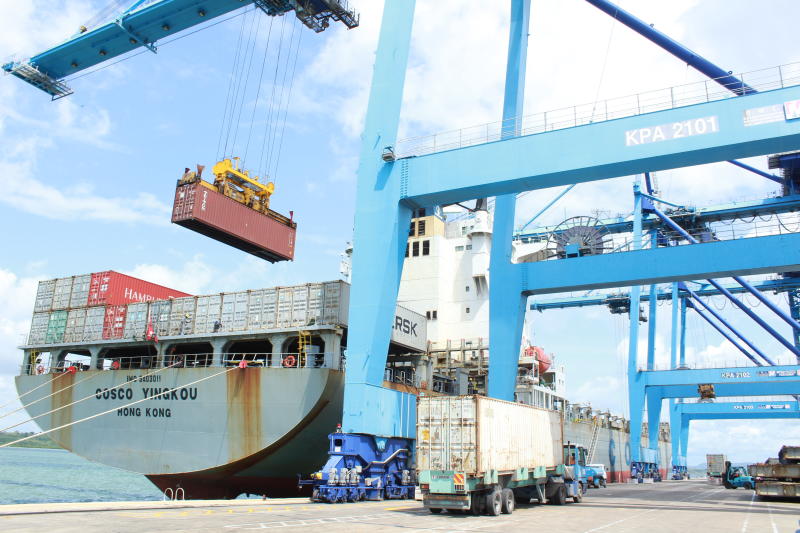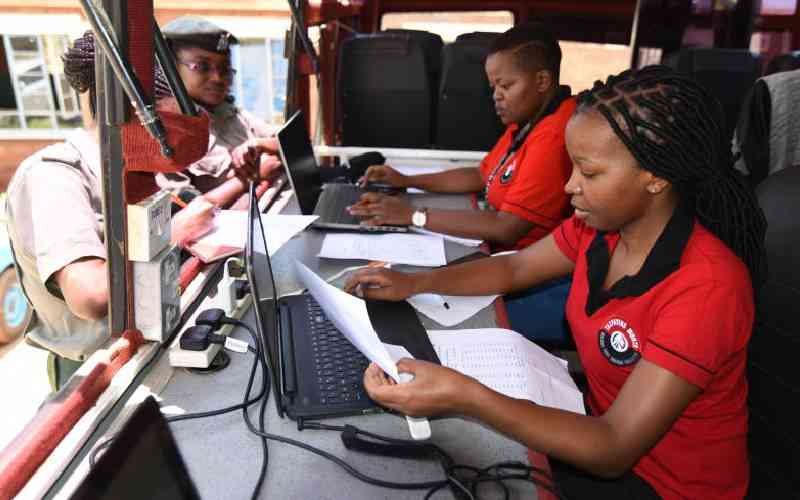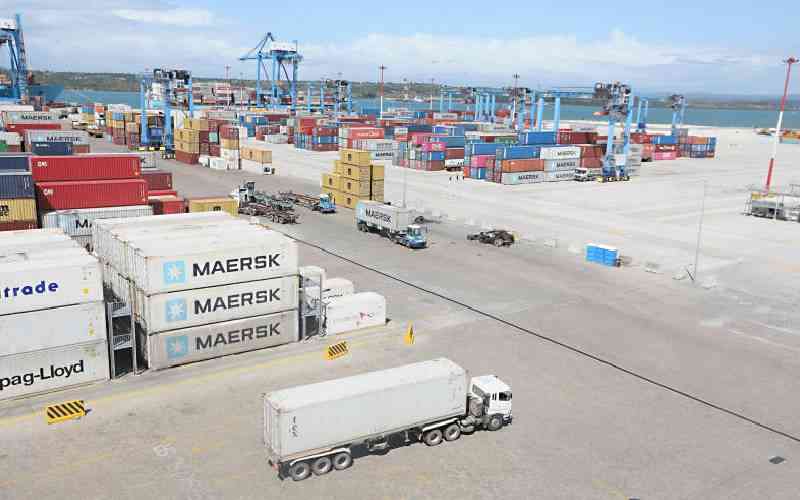
Business has slowly picked up over the past two weeks at the port of Mombasa, raising hopes of a rebound after months of depressed activity attributed to the coronavirus pandemic.
The positive trend is largely attributed to the lifting of movement restrictions into Mombasa and the reopening of the National Transport and Safety Authority and Kenya Revenue Authority offices.
Operations in these key agencies had either been scaled back or suspended as the virus swept through the organisations. In April, health officials embarked on a mass testing exercise targeting nearly 5,000 staff at the Kenya Ports Authority (KPA) after two employees died of Covid-19.
Traders said the July 6 directive that allowed the resumption of air and road transport had a positive effect on the logistics, shipping and vehicle sales sectors.
Car Importers Association of Kenya chairman Peter Otieno said they had seen a jump in sales.
“Over 4,000 imported vehicles have moved from Mombasa to Nairobi since the lockdown was lifted. We used to move only 300 units per week during the travel restrictions,” said Otieno.
He continued: “During the lockdown, importers would bring in 6,000 to 8,000 vehicle units a month, but they now expect orders to be in the range of 9,000 to 15,000.”
Data released by KPA showed that the number of containers that passed through the port last week increased by 1,000 20-foot equivalent units (TEUs) compared to the previous week.
Of the 13,991 TEUs handled at the port last week, 8,641 TEUs were hauled by the Standard Gauge Railway to Nairobi.
The number of ships that called at the port rose to 12 compared to eight the previous week, according to KPA.
KPA Corporate Affairs Manager Bernard Osero, however, said it was too early to make any conclusions on the slight increase in the volume of goods passing through the port.
Inadequate data
“Weekly data is inadequate to determine the factors behind the increase. We shall continue monitoring the trend.”
Kenya Transport Association Chief Executive Officer Dennis Ombok said there was a rise in cargo volumes but truckers were still facing delays of up to seven days at the port and border points while waiting to be tested for the coronavirus disease.
Stay informed. Subscribe to our newsletter
“There is cargo at the port nowadays but we still face the effects of Covid-19 and traffic jams at the border. We make money when the trucks are moving. When they stop at the borders, or when drivers wait to be tested for Covid-19, it means low returns for the truck owners,” said Ombok.
The chief executive said due to slow turnaround times, trucks were making a single trip to Rwanda and South Sudan every month instead of two, and two deliveries to Uganda instead of four.
At the port, fewer than 500 trucks were picking up cargo daily compared to 800 truckers previously.
Yahye Ahmed, a maritime expert, said port operations normally slow down in July as most shippers in the East African region do not place orders at the end of May or early June until their respective country’s budgets are read.
“Port operations peak in April due to the arrival of purchases done in January and February,” said Ahmed.
He said while it takes approximately two months for cargo purchased in Asia to be shipped to the port, most of the deliveries had been disrupted by the Covid-19 pandemic and were only now arriving.
 The Standard Group Plc is a
multi-media organization with investments in media platforms spanning newspaper
print operations, television, radio broadcasting, digital and online services. The
Standard Group is recognized as a leading multi-media house in Kenya with a key
influence in matters of national and international interest.
The Standard Group Plc is a
multi-media organization with investments in media platforms spanning newspaper
print operations, television, radio broadcasting, digital and online services. The
Standard Group is recognized as a leading multi-media house in Kenya with a key
influence in matters of national and international interest.
 The Standard Group Plc is a
multi-media organization with investments in media platforms spanning newspaper
print operations, television, radio broadcasting, digital and online services. The
Standard Group is recognized as a leading multi-media house in Kenya with a key
influence in matters of national and international interest.
The Standard Group Plc is a
multi-media organization with investments in media platforms spanning newspaper
print operations, television, radio broadcasting, digital and online services. The
Standard Group is recognized as a leading multi-media house in Kenya with a key
influence in matters of national and international interest.










